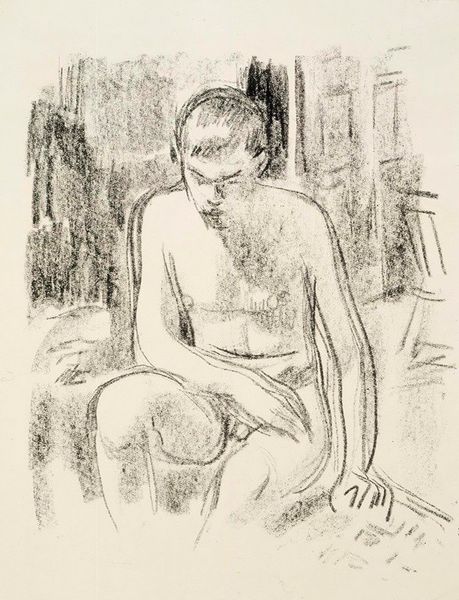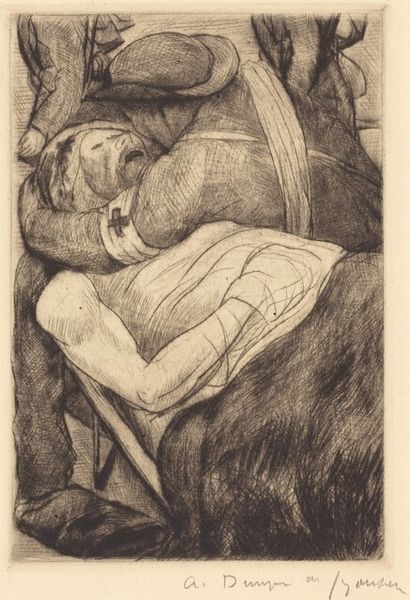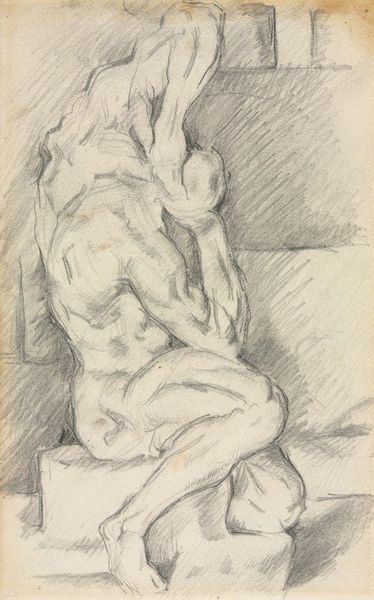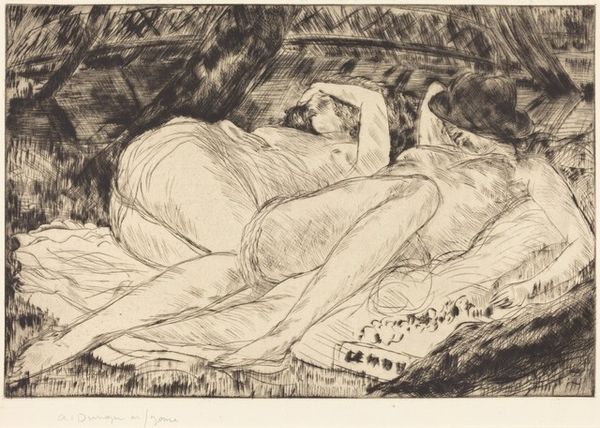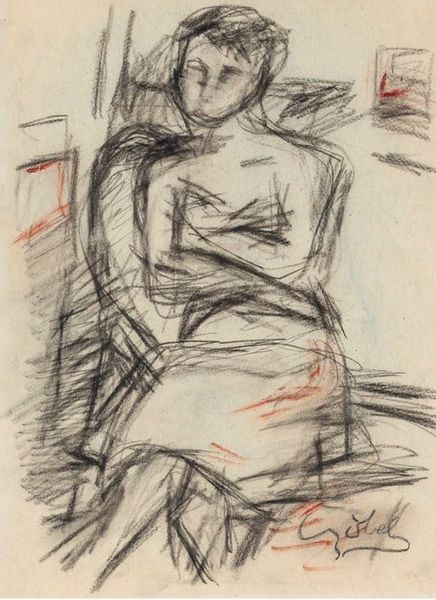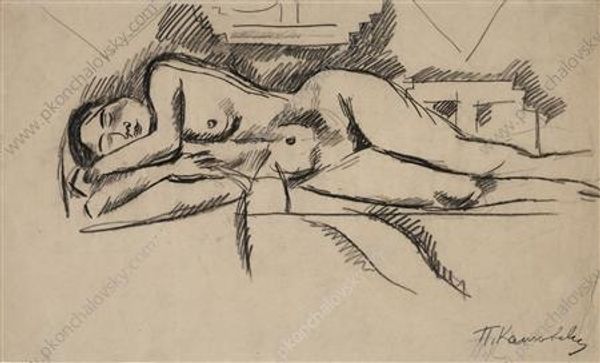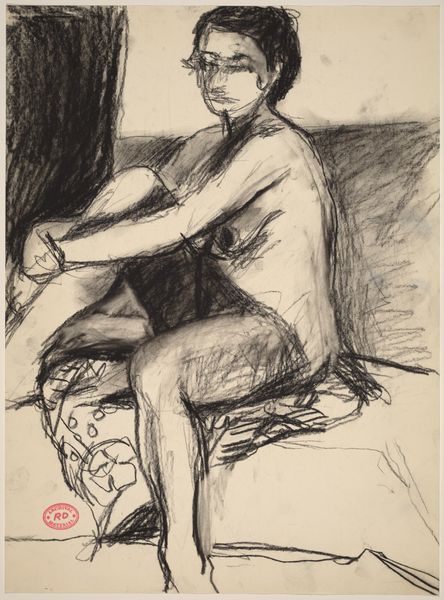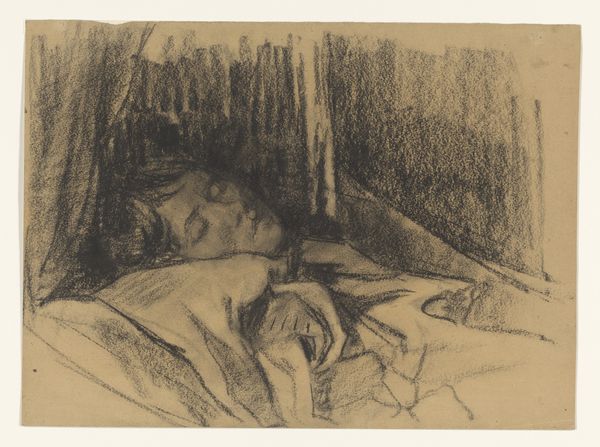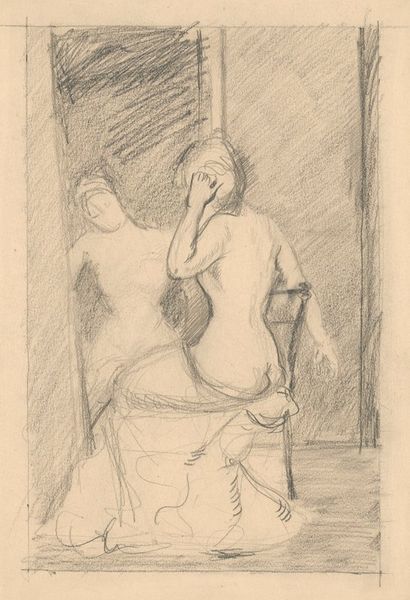
drawing, pencil
#
portrait
#
pencil drawn
#
drawing
#
pencil sketch
#
charcoal drawing
#
figuration
#
portrait reference
#
pencil drawing
#
sketch
#
pencil
#
portrait drawing
#
realism
Copyright: Balthus,Fair Use
Editor: Here we have "Young Girl Asleep," a pencil drawing created by Balthus in 1994. The figure's languid pose feels very intimate. What can you tell me about this work? Curator: It's interesting to consider the materials themselves, isn’t it? The humble pencil, a tool accessible to many, used here to depict a subject of the leisured class, seemingly unburdened by the toils of production. It poses questions about artistic labor and representation. How does the choice of medium, compared to say, oil paint, affect your interpretation of the work? Editor: It feels immediate and perhaps less formal than if it were painted. A study rather than a finished piece, maybe? Curator: Precisely. It blurs boundaries between the sketch and finished artwork. The economic realities of art making come to mind. Is it a drawing *because* of limited resources? Or does the medium contribute something essential to its message? Furthermore, in the late 20th century, when so much art engaged with mass media and digital reproduction, why the choice of something so analog, so manual? Editor: That's a good question. Maybe it’s a deliberate rejection of that slickness, a focus on the hand and the artist's touch? Curator: Perhaps, a reclaiming of craft. The social context is important here. Balthus worked within a system where his labor, his skill with a pencil, translates into capital, into a commodity. Consider the chair itself, likely mass-produced, a common object rendered significant by its inclusion in a high art drawing. It makes me wonder about the relationship between the artwork and the material culture that surrounds it. Editor: It's making me rethink how I see not just the drawing but also what constitutes ‘art’ and labor in general. I originally saw intimacy, but now I see it framed within questions about production, class, and value. Curator: Exactly! It shows how material choices always carry ideological weight, subtly influencing how we perceive the work and its place within society.
Comments
No comments
Be the first to comment and join the conversation on the ultimate creative platform.
